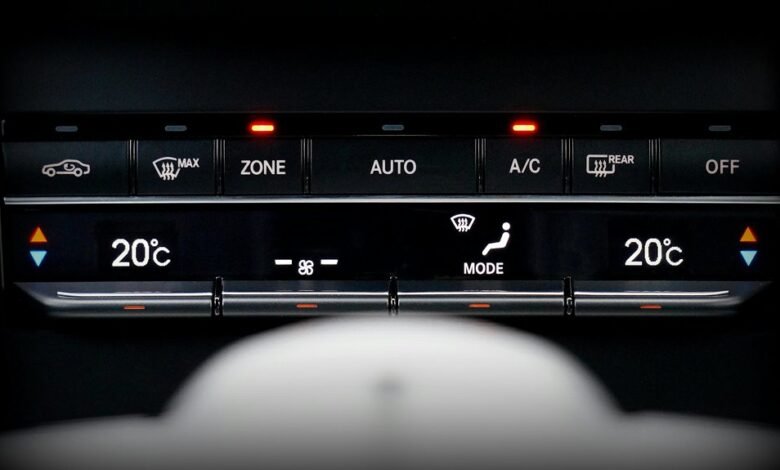50 Degrees Celsius to Fahrenheit : A Quick Temperature Conversion

The conversion from Celsius to Fahrenheit is essential for various fields, including science and everyday life. A temperature of 50 degrees Celsius translates to 122 degrees Fahrenheit, a notable figure that warrants attention. Understanding the conversion formula provides clarity on temperature comparisons. This knowledge is particularly relevant in contexts such as climate awareness and culinary practices. Exploring the implications of this conversion can reveal deeper insights into temperature's role in diverse scenarios.
Understanding the Celsius and Fahrenheit Scales
While many individuals rely on temperature measurements in their daily lives, understanding the Celsius and Fahrenheit scales is crucial for accurate interpretation.
Each scale has distinct historical contexts; Celsius, devised by Anders Celsius in 1742, is based on water's freezing and boiling points, while Fahrenheit, created by Daniel Gabriel Fahrenheit in 1724, is rooted in human perception.
Knowledge of these scales enhances comprehension of temperature-related information.
The Formula for Conversion
Understanding the differences between the Celsius and Fahrenheit scales sets the stage for accurate temperature conversion.
The formula for conversion involves multiplying the Celsius temperature by 9/5 and then adding 32. This method underscores the temperature relevance between the two scales.
Employing various conversion methods ensures precision, allowing individuals to navigate temperature differences with ease and freedom.
Converting 50 Degrees Celsius to Fahrenheit
Converting 50 degrees Celsius to Fahrenheit requires a straightforward application of the conversion formula.
This conversion results in 122 degrees Fahrenheit, illustrating significant temperature differences. Such data is crucial for understanding climate effects, as it highlights extremes that can impact environments and human activities.
Accurate temperature conversion fosters informed decisions, allowing individuals to navigate diverse climates with greater awareness and adaptability.
Practical Applications of Temperature Conversion
Temperature conversion plays a vital role in various practical applications across multiple fields.
In weather forecasting, accurate temperature readings are crucial for predicting conditions, influencing travel and safety decisions. Similarly, cooking measurements rely on precise conversions to ensure recipes are followed correctly, maintaining food quality.
Understanding the differences between Celsius and Fahrenheit empowers individuals to make informed choices in both everyday cooking and environmental awareness.
Conclusion
In summary, swiftly shifting from Celsius to Fahrenheit showcases the significance of simple conversions in science and everyday scenarios. Mastering the method of transforming temperatures not only facilitates functional foresight in cooking and climate considerations but also fosters familiarity with global weather patterns. By grasping this fundamental formula, individuals can confidently navigate the nuanced nuances of temperature, making informed decisions that enhance their daily experiences and interactions with diverse environments.





